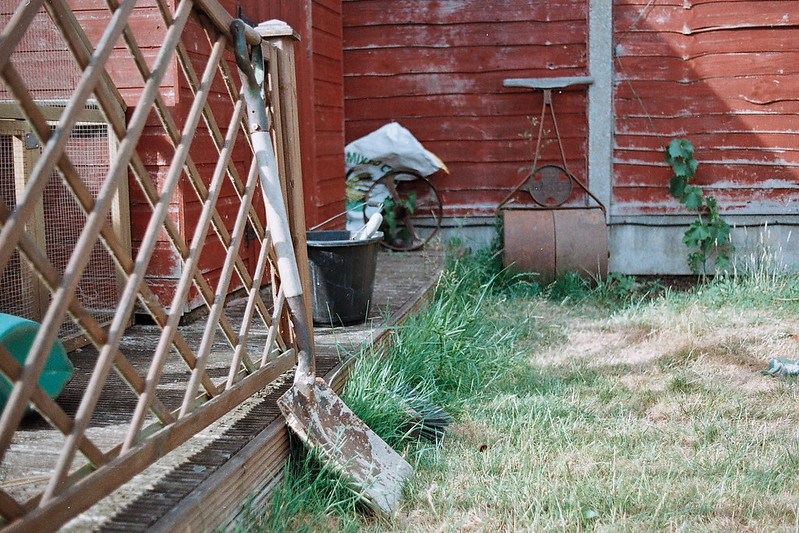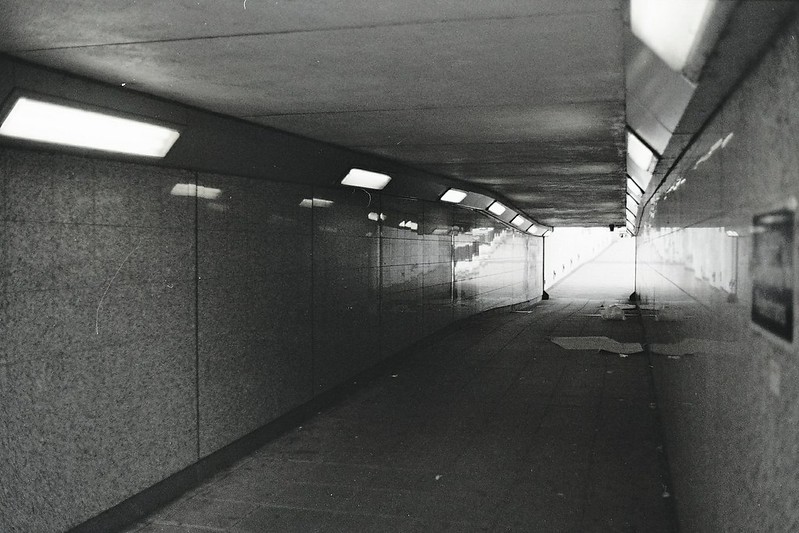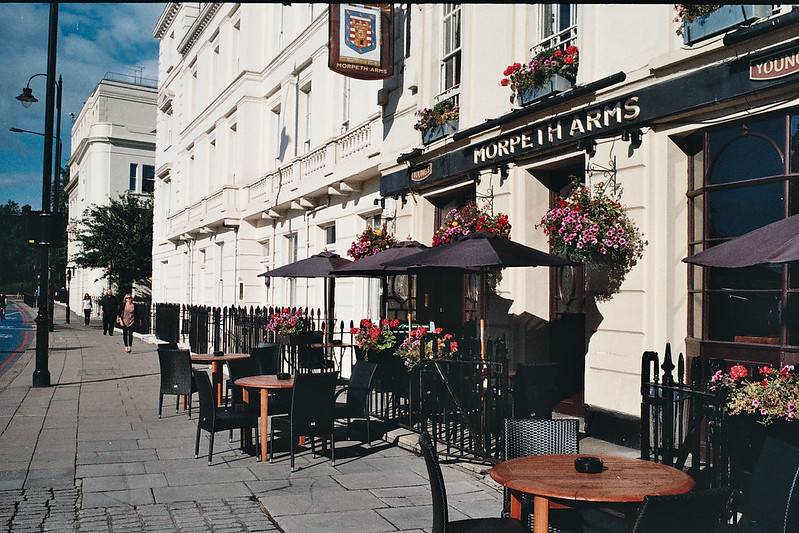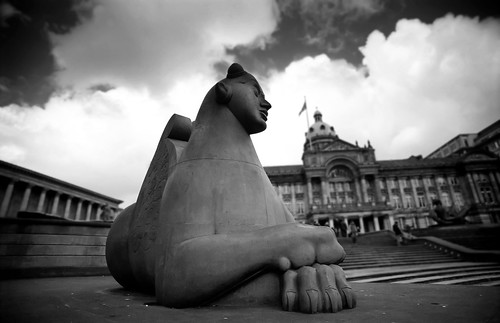- Messages
- 85
- Name
- Chris
- Edit My Images
- No
Since picking up a couple of 35mm cameras, I've limited myself to the cheapest film I can find: Kodak ColorPlus 200. I've been buying it for a little over £1 a roll (24exp) and although it does have a slightly odd colour tone, the results have been good:

[Fujica AZ-1 w/28mm lens]
I then bought 10 rolls of Fuji C200 (36exp) as I assumed it would be better film (at around £2 a roll) but I've not been that impressed with the results. The colour has a much more realistic tone, but the film seems quite grainy in situations where the Kodak was not.
For some shots the grain is brilliant, especially when converting to B&W:

[Fujica AZ-1 w/28mm lens]
But others appear grainy that I wouldn't have expected (look at the blacks and the sky for example):

[Fujica AZ-1 w/28mm lens]
Is Fuji C200 that different from Kodak ColorPlus or is this something I'm doing wrong? The photos are all from the same camera, my Fuji AZ-1 used on auto shutter speed. I think the camera tends towards under exposure, but I'm slowly getting used to that.
Has anyone used both of these films before that could comment? I've just used my last roll of ColorPlus but still have 9 rolls of C200 left.
Chris

[Fujica AZ-1 w/28mm lens]
I then bought 10 rolls of Fuji C200 (36exp) as I assumed it would be better film (at around £2 a roll) but I've not been that impressed with the results. The colour has a much more realistic tone, but the film seems quite grainy in situations where the Kodak was not.
For some shots the grain is brilliant, especially when converting to B&W:

[Fujica AZ-1 w/28mm lens]
But others appear grainy that I wouldn't have expected (look at the blacks and the sky for example):

[Fujica AZ-1 w/28mm lens]
Is Fuji C200 that different from Kodak ColorPlus or is this something I'm doing wrong? The photos are all from the same camera, my Fuji AZ-1 used on auto shutter speed. I think the camera tends towards under exposure, but I'm slowly getting used to that.
Has anyone used both of these films before that could comment? I've just used my last roll of ColorPlus but still have 9 rolls of C200 left.
Chris



